Affiliate links on Android Authority may earn us a commission. Learn more.
How to use Android - Navigation, shortcuts, folders, and more [Back to Basics]
Welcome to Part two of our “What is Android? Back to Basics series, where we attempt to help you find your way around your new Android smartphone or tablet. You don’t need to be a computer scientist, but the numerous features and abilities of this OS do take some getting used to. In Part one, we talked about what Android is, getting started and setting up your Android device, and the basic features and functionality of the Homescreen. If you’ve missed Part one, you can find it here.
Today, in the second edition of the series, we’ll go into a more detailed explanation of the user interface, and how you can set up the homescreen and UI just the way you like it. Let’s get started!
General Navigation
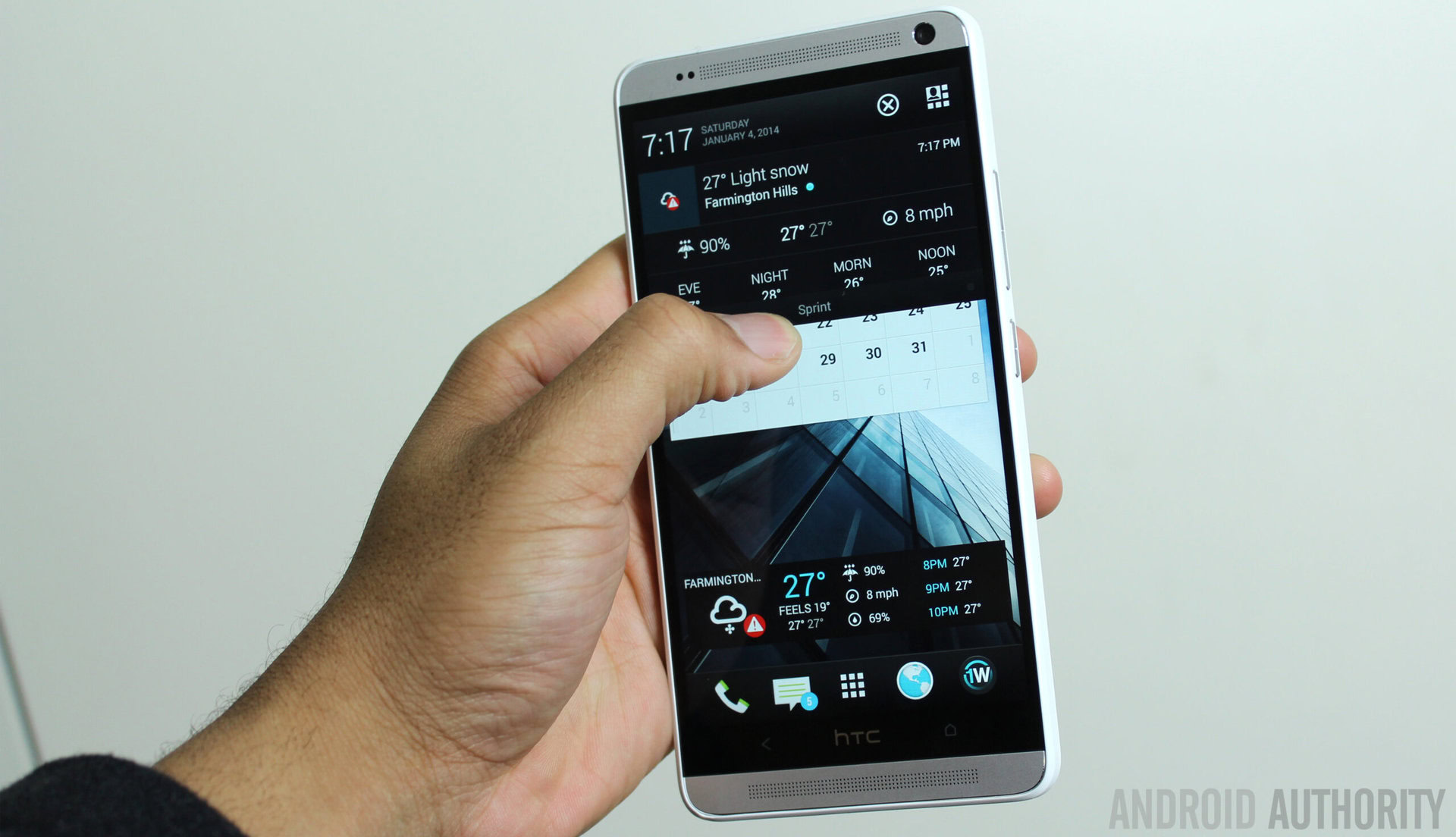
While some OEMs still add physical buttons (or just one Home button, like Samsung and LG) or capacitive buttons (HTC), modern smartphones and tablets feature touch-based interfaces, and general navigation around your Android device is done via vertical and horizontal swipes, taps, pinching, and long presses. Depending on the device you chose, you may see a different skin or launcher, that feature differing capabilities from each other. But in general, navigation across multiple Android devices is almost the same. A swipe from the top of the screen opens your notification center. Swiping left and right lets you move between homescreens, tapping an icon opens that corresponding app, and every launcher has a quick and easy way, in most cases an easily accessible icon in the dock, to launch the Application Drawer (more about the App Drawer below).
Application Icons and the App Drawer
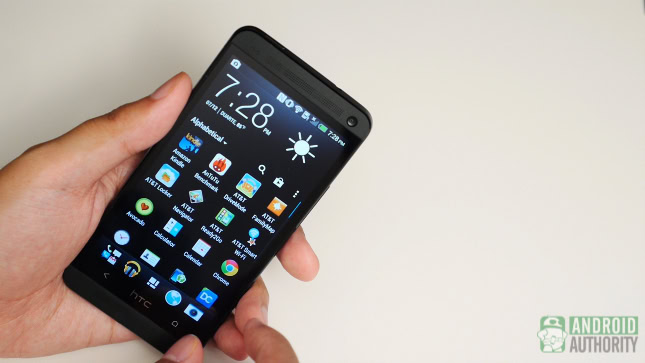
Unlike some mobile operating systems, on Android, you won’t find every application icon on the homescreens of your device. Instead, you will an Application Drawer icon, generally found in the Dock Icons section, that will launch a menu that includes all your apps, in a grid view. The App Drawer can be navigated by swiping horizontally or vertically, depending on which device and launcher you’re using.
Application Icons on the homescreen is exactly what you’d expect – an icon of a particular application, which can be launched by tapping the icon. Too add an icon to the homescreen, find the app in the app drawer, press and hold the icon, and simply “drop” it on the homescreen. Pressing and holding an app icon also gives you the option to uninstall the app, or view application info, again, depending on which device and launcher you use.
Widgets

One of the standout features of Android smartphones and tablets are widgets. If you’re a new Android user, the obvious question you may have is “What is a widget?” The simple explanation is that a widget is a graphical element that you can add on your homescreen, that offers data at a glance. For example, if you add a sports score widget, you can follow the scores of your favorite sports teams from the homescreen, without needing to launch the application. Similarly, you can browse through your latest emails, Google+ posts, Facebook posts, news headlines, and control your music player, right from the home screen.
Adding a widget is a simple process. On the home screen press and hold on a blank spot. A menu will pop-up that allows you the option to add applications, shortcuts, and widgets, to your homescreen. Once again, this may vary according to your launcher, but it does work in most cases. In some devices, widgets can be accessed and added directly from the application drawer.
The widget picker shows the size of the widget prior to plopping it down onto your home screen. Press and hold your choice to drop it on the home screen. Press and hold the widget “box” to resize it. The grid size on the Nexus 5 launcher, called the Google Experience Launcher, is 4×4. On most of the newer smartphones, the grid size in general is 4×4 as well. But, some OEM launchers as well as third party launchers allow you to manually change the grid size.
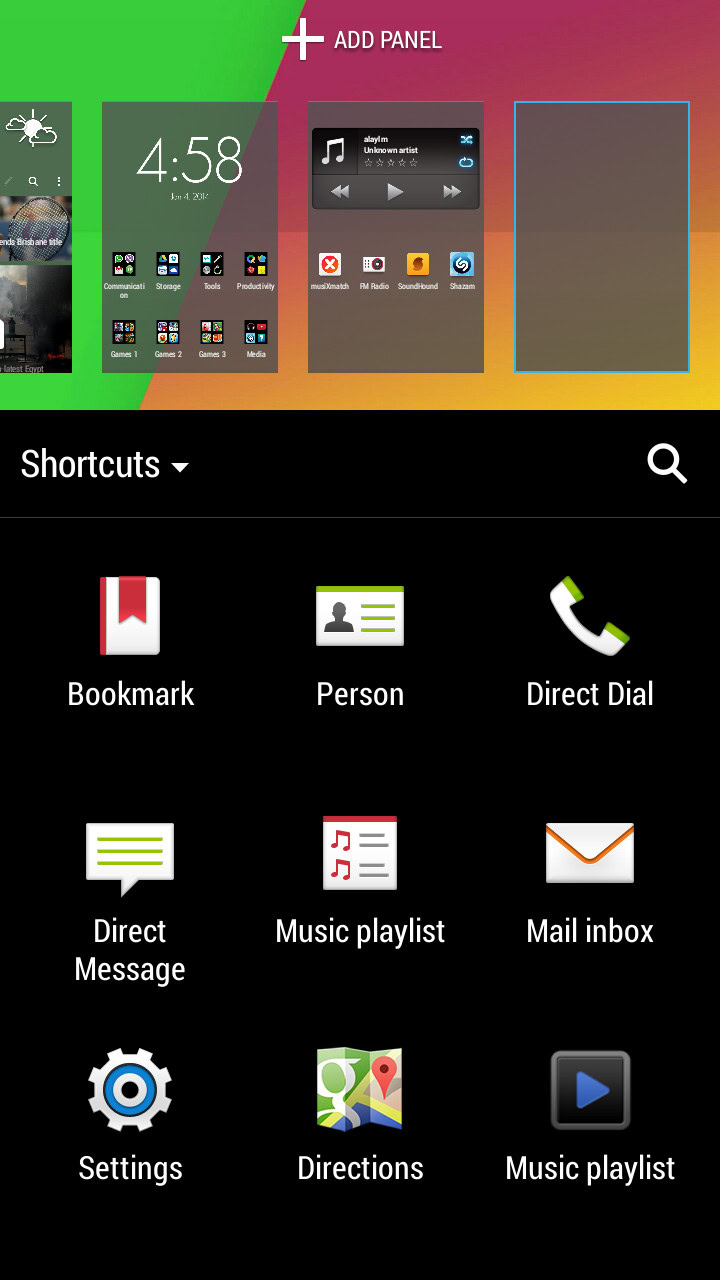
Shortcuts
Shortcuts are direct actions within an application. Examples of shortcuts include Direct Dial, that allows you to call a person directly from the homescreen by tapping the icon, Direct Message, a particular option in the Settings, preset or frequently used directions on Google Maps, and more. Shorcuts help in saving time by removing the few additional taps you may need.
Shortcuts can be added the same way as widgets, that is, by long pressing on the homescreen, and choosing the “Shortcuts” option. You can then select the shortcut you want, and link it to a particular person (in case of direct dial or message) or action (in the settings). Shortcuts can save you time – but not many users use them. It’s the beauty of Android – it really is all up to you to set it up as you like.
Folders

Dock Icons
What the Dock Icons are were explained in Part one, and it’s quite simple to add and remove icons from the Dock. All you need to do is drag and drop an icon into the Dock, making it a part of the icons that you will see on every homescreen. Most launchers allow the availability of only 5 such app icons in the dock, including the Application Drawer. Some third party launchers do feature scrollable docks as well. If you’re hoping to include more than just 4 applications in the dock, you can add folders as well.
Notification Bar
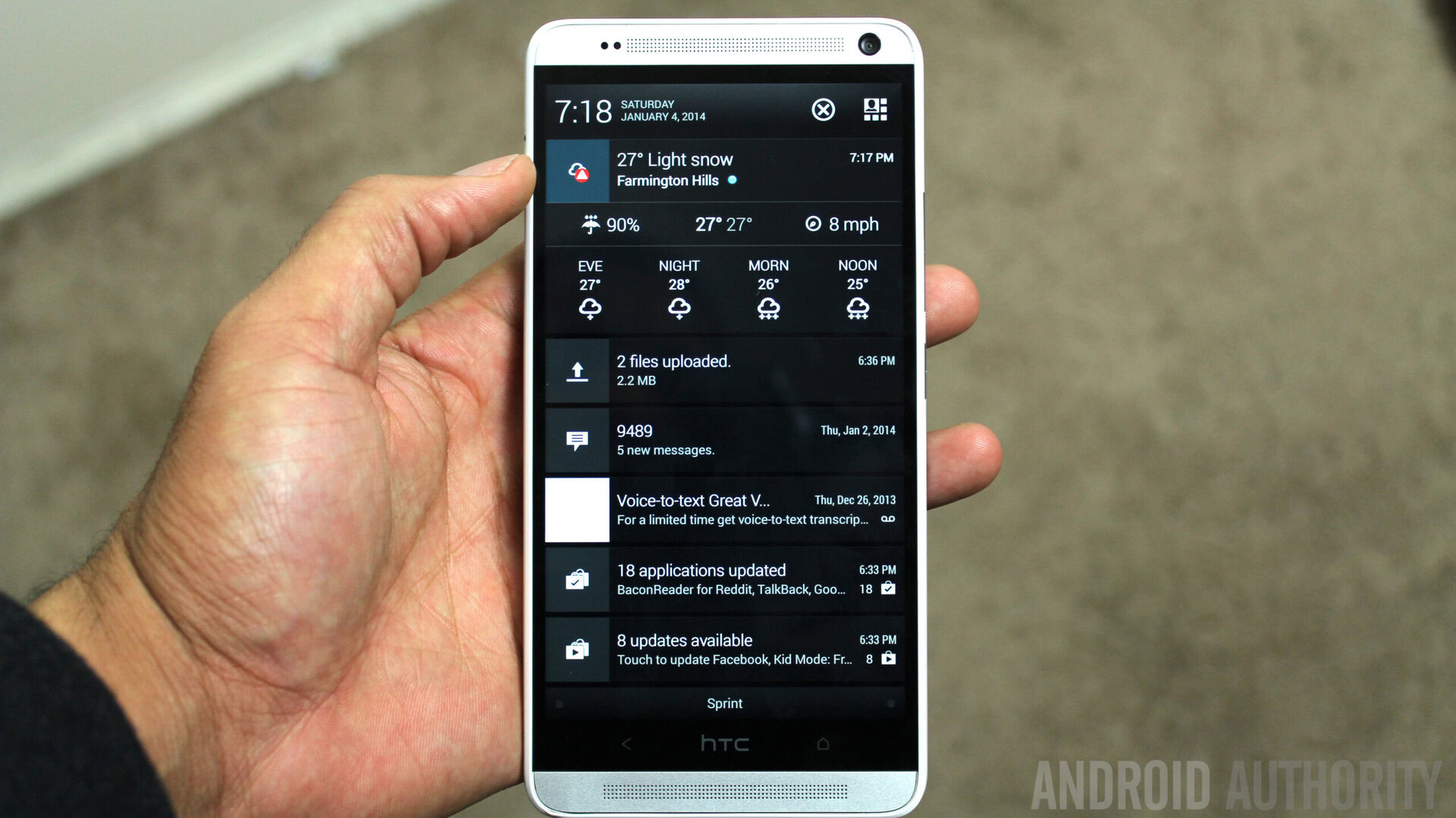
The bar at the top of the display of your Android device can show several icons like bluetooth, Wi-fi, network signal, NFC, and other various system settings, depending on whether they are turned on, or active. The time, network signal strength, and battery life icon are always displayed.
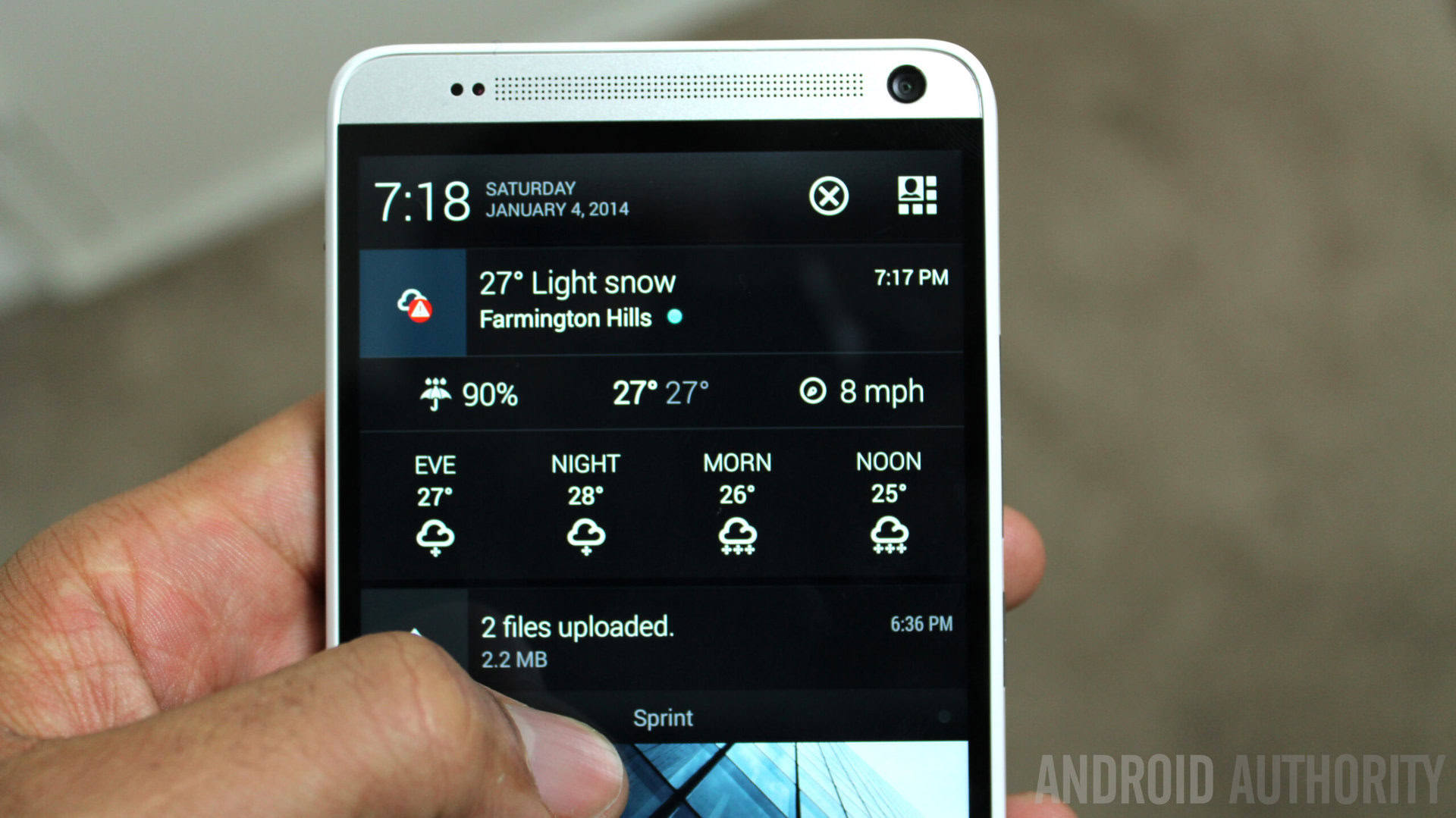
On the left side of the notification bar is where you will find your notifications. Notifications can be divided into two categories – Persistent and Standard. Persistent notifications stay on the bar and in the notification center the whole time, and cannot be swiped away or cleared. These notifications are generally to show and keep the active status of a particular app, such as anti-virus application. Standard notifications are what you see when you receive a new text message, email, hangout chat, missed call, amd more. Some notifications, such as Gmail notifications, can be expanded in the notification center itself, allowing for a preview of the content. Pinching the notification, or pressing and holding, and then sliding down opens up the expanded view.
That’s all for now! As amazing and fun as Android is, first time users may take a while to figure things out and get used, and that’s why we’re here to help. Stay tuned as we continue to to guide you through the world of Android the next episode of Back to Basics Android!